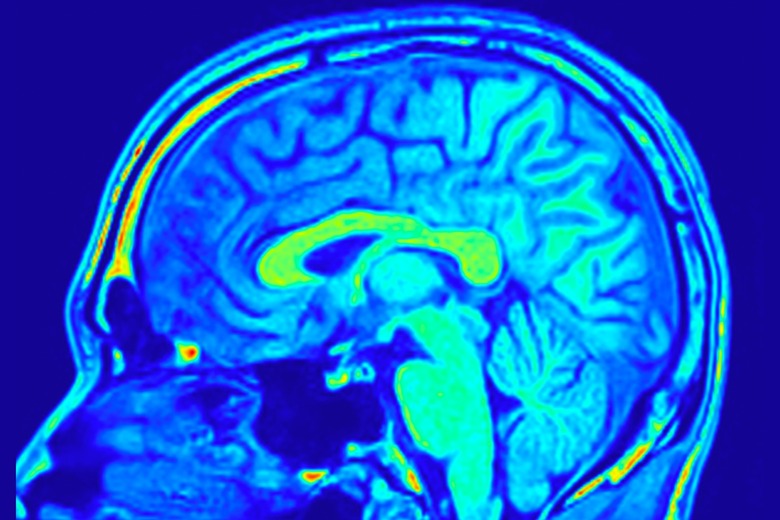Researchers Beamed Light Through A Man's Head For The First Time
Researchers have discovered a new way to image the brain, and it has also led to a first for scientists. According to a new paper published this year, researchers at the University of Glasgow were able to beam light through a person's head for the first time. The process is extremely promising as a non-invasive brain imaging technique.
Currently, if you want to peer deep into someone's brain, you need a massive, bulky MRI machine like those found in many large hospitals. While this is fine for most cases, it doesn't leave much room for portability. However, that could soon change.
According to new research published in the journal Neurophotonics this month, scientists have found a way to beam light all the way through the human head. It's an intriguing development, especially since it allows for the near infrared laser to pass through all of the brain tissue, bone, and neurons. While promising for a non-invasive brain imaging process, it's still a long way from being viable.
That's because despite being tested on eight different individuals, the process only worked on one person: a man with no hair and fair skin. This shows that while it's possible to send near infrared lasers through the body safely, there are some other issues that will need to be addressed to make it truly viable as an option for medical professionals.
Still, this process is very promising, especially since the researchers found that the light didn't randomly scatter through the brain. Instead, it actually followed preferred paths, which should allow for more accurate viewing depending on the position of the person's head and the light source. The obvious benefit here is that near infrared systems can be a lot more portable than typical MRI units.
So, if they are able to expand on this non-invasive brain imaging system, they could end up with a solid way to image the brain even when a bulky MRI system isn't available. Unfortunately, we'll have to wait a while before that's possible. But combined with other advances in medicine, this new process could be key to finding signs of brain diseases and other brain-related symptoms that can be tough to spot without a full MRI.
